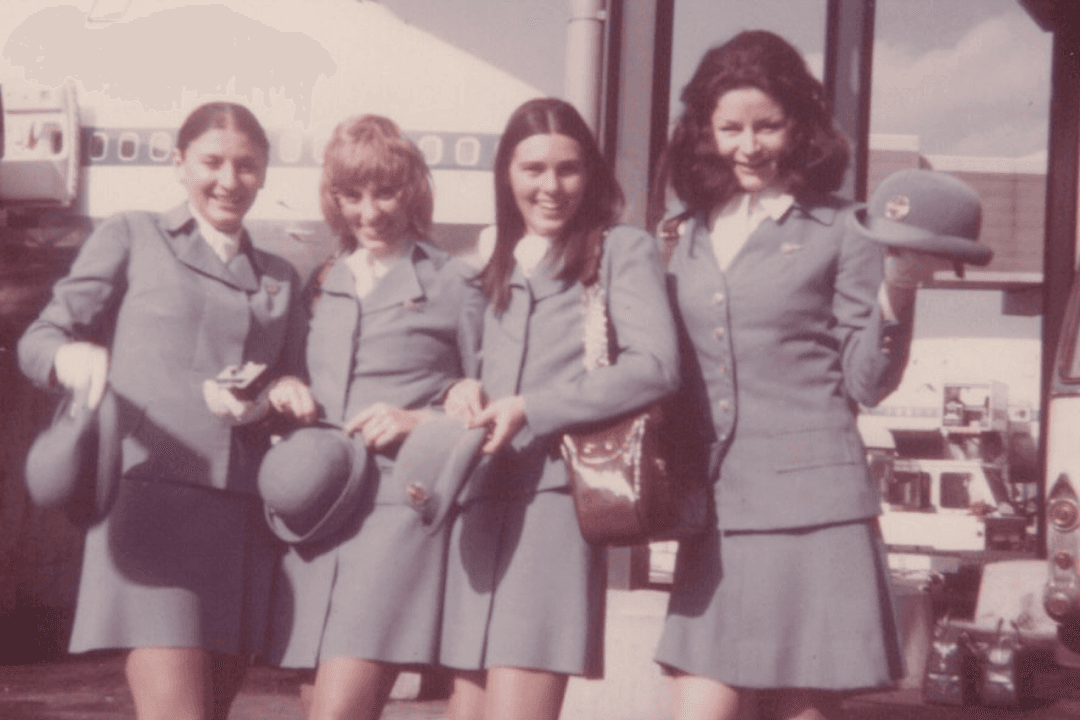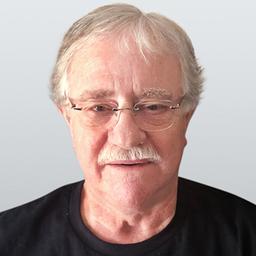Renée Chenette, who lives in Laguna Beach, California, was a young Pan Am stewardess the first time she landed at Tan Son Nhut Air Base in 1972.
The flight attendant, who grew up just outside of Paris, flew for the airline for 17 years between 1970 and 1987—but it’s the flights into and out of Vietnam while the war raged that are uppermost in her mind today.

